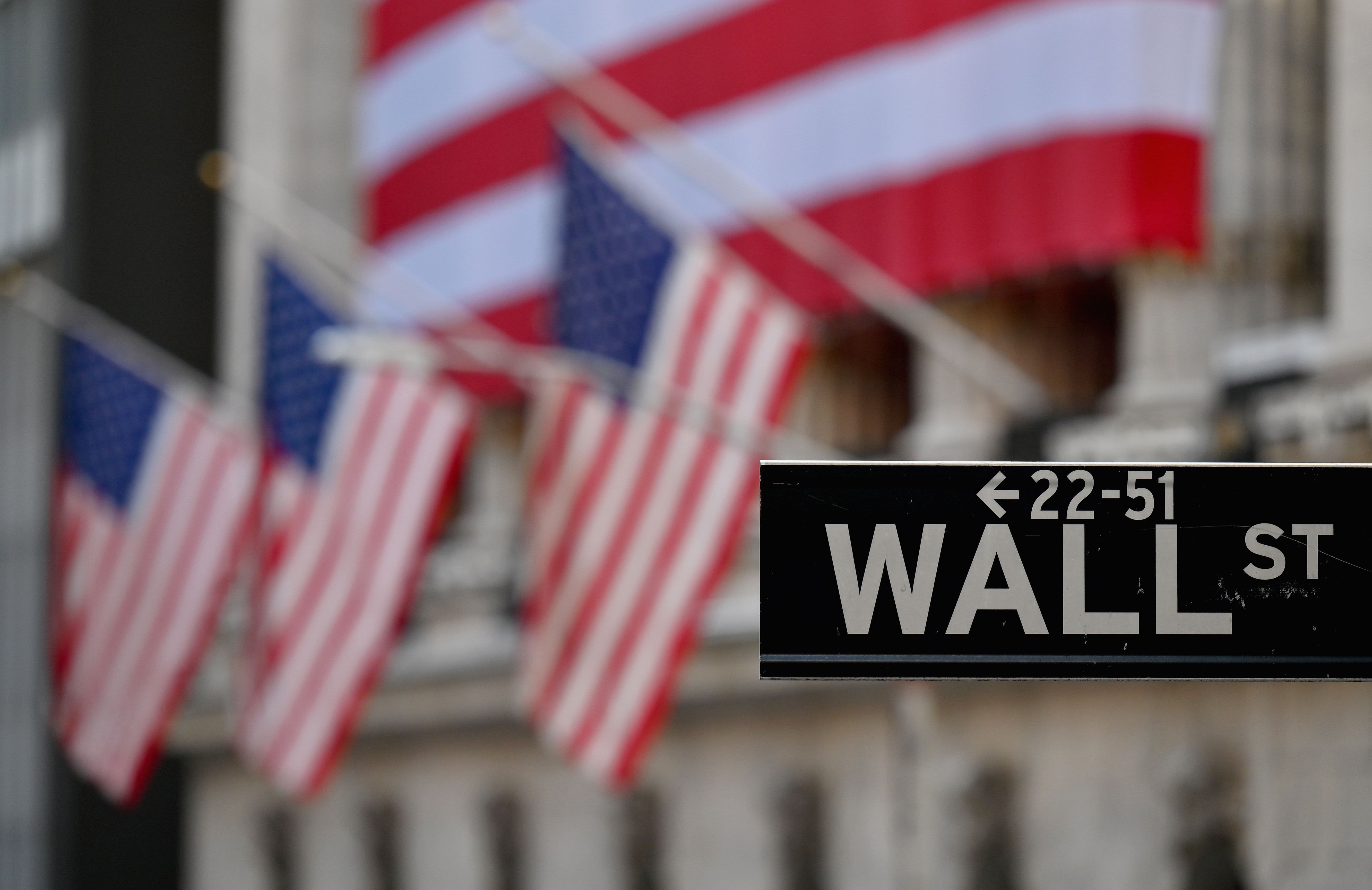
SINGAPORE — The past year saw a record number of listings by special purpose acquisition companies — better known as SPACs, but these “shell companies” are hardly a modern phenomenon.
From January to October 2020, some 165 SPACs were listed, according to financial markets data provider Refinitiv. That’s nearly double the number of global SPAC IPOs issued in the whole of 2019 and five times that of 2015.
Entrepreneurs, hedge fund managers and sports executives are among those who have established SPACs, an increasingly popular method of taking companies public.
What are SPACs?
SPACs are essentially “shell companies” with no actual commercial operations but are created solely for raising capital through an initial public offering (IPO) to acquire an existing private company.
For a SPAC, this is done by selling either shares — typically at $10 apiece — and warrants, which are investment securities that allow investors to purchase more shares later at a fixed price.
In this extraordinary year, traditionally-raised capital suffered. SPACs have found the way to inject needed funds into capital-starving companies.
Emir Hrnjic
Asian Institute of Digital Finance
Once the funds are raised, they will be kept in a trust, until one of two things happen.
First, the management team of a SPAC identifies a company of interest. They then take the company public through an acquisition, with the capital raised in the IPO.
Alternatively, if the SPAC fails to merge with a company or does not acquire an existing company within a deadline — typically two years — the SPAC will be liquidated, and investors get their money back.
Thus, the term “blank check company” is also used to refer to a SPAC, as investors contribute capital without any prior knowledge of how the funds will be used.
Why invest in SPACs?
A company goes public in several ways, like through a direct listing or a reverse merger — when a private firm turns into a public company by buying a listed company.
The most common route is through a traditional IPO, a time-consuming process involving roadshows and pitch meetings with investors, and intense scrutiny of the company’s audited financial statements. Reverse mergers save a private company the lengthy process of going public.
View of the New York Stock Exchange at Wall Street on Nov. 16, 2020 in New York City.
Angela Weiss | AFP | Getty Images
Because SPACs have no previous operations or financial data to access, their track record depends on the reputation of the management teams. By skipping the roadshow process, SPAC IPOs also typically list in a much shorter time.
The management teams of noteworthy SPACs are usually led by reputable names like American venture capitalist Chamath Palihapitiya and hedge fund owner Bill Ackman. Palihapitiya’s Social Capital Hedosophia Holdings famously acquired a 49% stake in British spaceflight company Virgin Galactic in 2019. In July 2020, Bill Ackman’s Pershing Square Tontine Holdings raised $4 billion in capital, making it the biggest SPAC on record so far.
Just a market fad?
SPACs have existed in one form or another as early as the 1990s, typically as a last resort for smaller companies to go public.
However, the pandemic has pushed some businesses to consider quicker ways to raise money and go public.
“The Covid-19 pandemic and U.S. presidential election created a massive uncertainty in global markets,” Dr. Emir Hrnjic, head of fintech training at the Asian Institute of Digital Finance, told CNBC in an interview. “In this extraordinary year, traditionally-raised capital suffered. SPACs have found the way to inject needed funds into capital-starving companies.”
Refinitiv data revealed $56 billion poured into global SPAC listings in the first ten months of 2020. That figure is nearly 12 times the amount raised worldwide in 2015 over the same period.
It will not be easy to predict if the surge in SPACs will be maintained even after the pandemic stabilizes.
‘”There are a number of factors that could slow down this boom,” Hrnjic said. He named the cooling of investor sentiment, opposition of target companies and the heating up of traditional markets for raising capital as some possible reasons.
“Or potential negative regulatory action,” he added.




